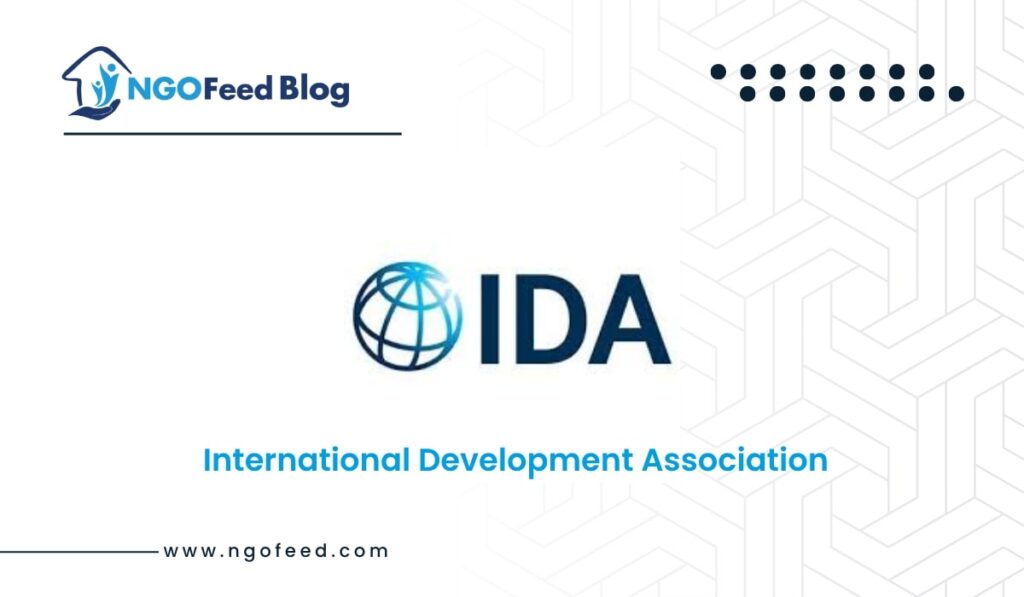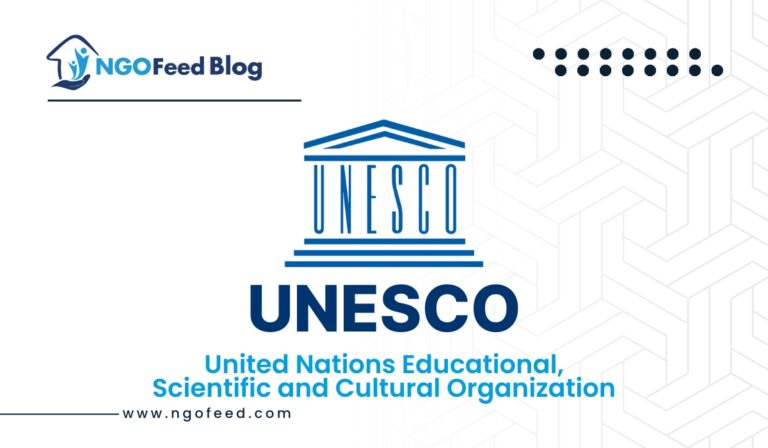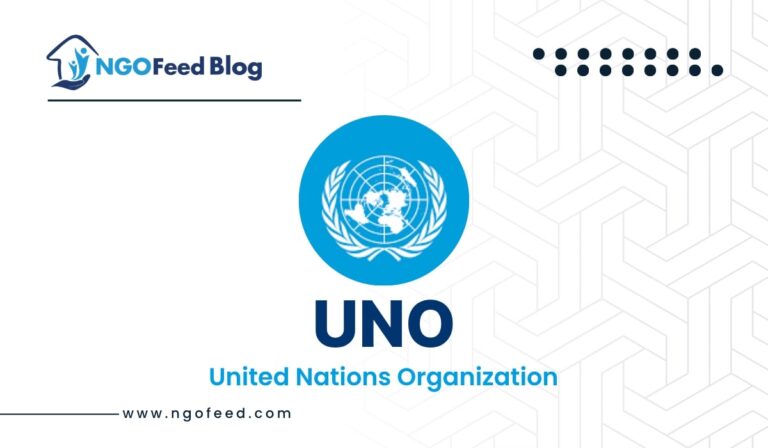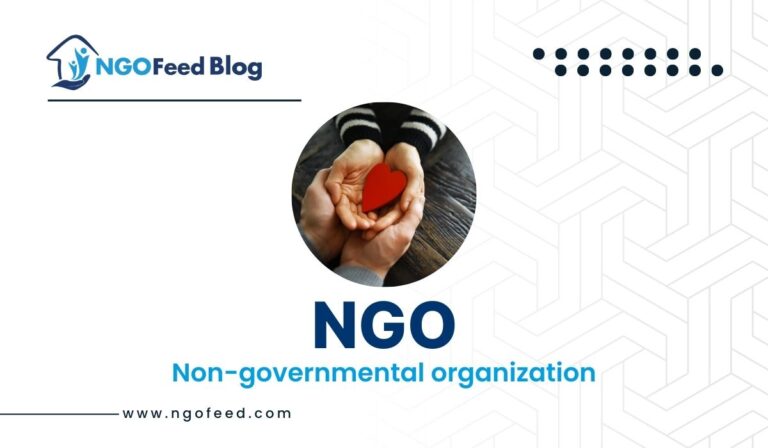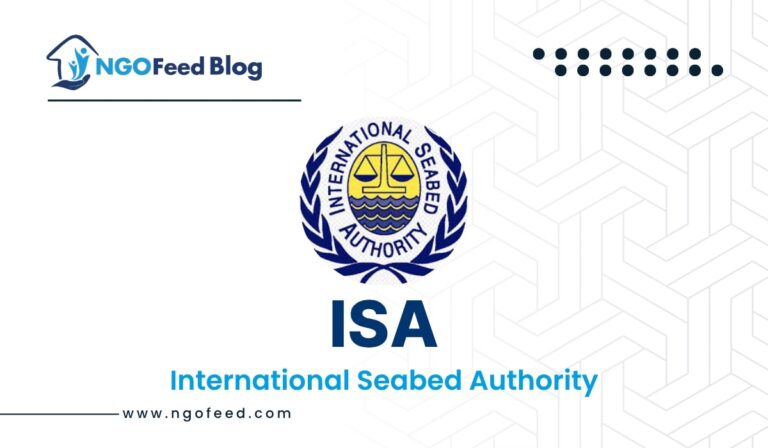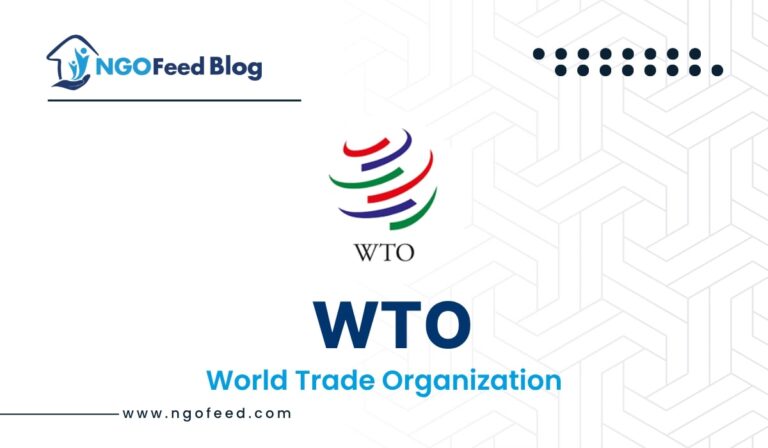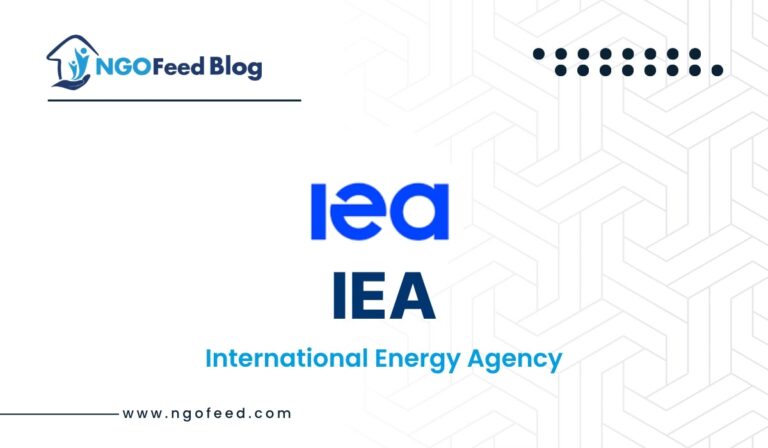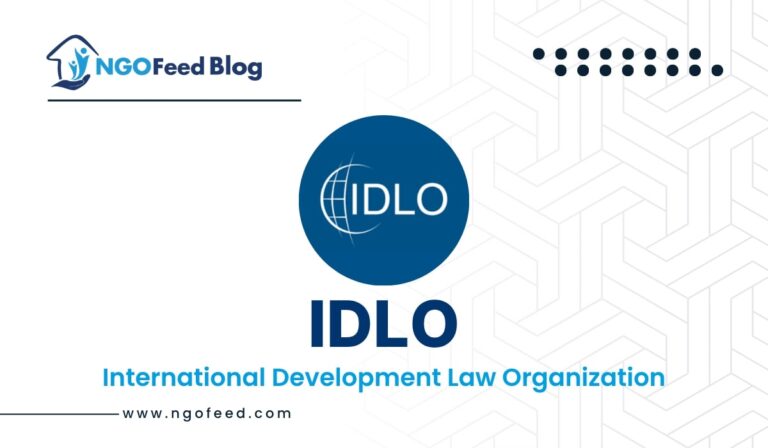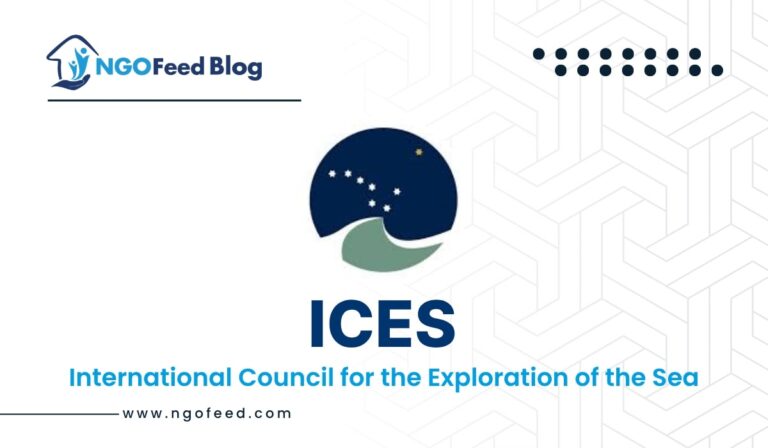IDA Full Form: The IDA Full Form is the International Development Association, one of the most prominent and powerful organisations fighting severe poverty in the world’s poorest nations. The 74 most impoverished nations in the world receive assistance from the World Bank, and the largest single source of donor money for these nations’ essential social services is IDA. By offering grants, loans with no or low-interest rates, and policy advice for initiatives that foster economic growth, foster resilience, and enhance the lives of the poor worldwide, IDA seeks to decrease poverty.
IDA has aided in the improvement of hundreds of millions of people’s lives. 395.9 million children received vaccinations, 974.9 million individuals received essential healthcare services, and 113.3 million had access to better water services in the ten years leading up to 2021.
Table of Contents
IDA Overview
Before starting the complete information about IDA, let’s look at the short overview.
| IDA Full Form | International Development Association |
| Headquarters | Washington |
| Formation | 1960 |
| Managing Director | Kristalina Georgieva |
| Method | Social science research |
| Website | www.ida.org |
| Official languages | English |
History
IDA was established on September 24, 1960, with 15 signatory nations: Australia, Canada, China, Germany, India, Italy, Malaysia, Norway, Pakistan, Sudan, Sweden, Thailand, the United Kingdom, the United States, and Vietnam. The organization’s original investment was $912.7 million. In the first eight months after it was established, IDA had 51 members and gave loans totalling $101 million to Sudan, Chile, India, and Honduras. As the first recipient of an IDA credit, Honduras received $9 million in 1961 for the construction and upkeep of highways, including a 62-mile Western Highway expansion.
IDA now has 174 member nations and is the largest provider of concessional loans to 74 of the world’s poorest nations. 37 nations have completed the IDA overall. IDA credits and grants have totalled $458 billion since its creation, averaging $29.4 billion over the previous three years (FY19-FY21).
Functions
IDA is seen as a global institution with a transformative impact that individual national donors cannot match.
- IDA takes on difficult development challenges as the “first mover.” IDA brings people together for the greater good and contributes to global security.
- IDA offers direction. IDA is the first of the main development partners to work in post-conflict and crisis settings, where risk mitigation is crucial, and to provide significant help.
- IDA provides worldwide solutions to worldwide problems. Simple solutions that apply to one sector, one nation, or one organisation cannot solve many issues. Instead, finding answers necessitates cooperation and knowledge exchange among numerous industries, nations, and organisations.
- No other development organisation can equal IDA’s ability to bring people together. Its comparative advantages include its capacity to deploy novel financial tools, cross-sectoral knowledge, global reach, country solutions, operational know-how, and implementation skills.
- IDA is revolutionary. From its history-changing agricultural solutions in the 1970s to its groundbreaking work in debt relief and the phase-out of leaded gasoline, IDA assists nations in developing solutions that have transformed the development landscape.
- IDA is a reliable associate. IDA has worked with nations on new concerns or in places where others can’t or won’t. After the cameras stop rolling, IDA stays in a nation, focusing on long-term progress and ensuring ongoing success.
- For the poorest, IDA provides. IDA gives hundreds of millions of poor people access to clean water, power, and sanitary facilities, improving their quality of life and dignity.
IDA: How Does It Work?
The International Development Association (IDA) is run by its 174 member countries, which are led by the Board of Governors. The World Bank’s staff run day-to-day business and work closely with countries and implementing agencies. IDA’s main source of funding comes from member countries’ donations. Every three years, foreign governments and borrowing member countries meet to make sure that the organization’s goals are aligned with those of the borrowing countries. The most recent replenishment, IDA20, gave IDA countries a record $93 billion loan deal for the fiscal years 2022–2025.
How IDA funding are distributed
- IDA debtors need a lot of concessional funds, so resources need to be carefully distributed among qualified countries.
- Allocation decisions are based on a number of factors, such as a country’s income and how well it manages its businesses and current IDA projects.
- In order to be eligible, a country’s Gross National Income (GNI) per capita must be less than a certain level. In fiscal year 2024, that level was $1,315 USD.
- Countries that are eligible also don’t have enough credit to borrow money on market terms, so they need resources that aren’t as expensive to pay for their growth projects.
- Countries are also graded on how well they follow policies that help the economy grow and reduce poverty.
- The main goal of allocating funds is to help with long-term growth and raise the standard of living in IDA partner countries.
How IDA projects are carried out
- The client government is in charge of carrying out the project, with help and advice from the banking institution.
- Safeguard policies and financial controls are put in place to make sure there is proper oversight and responsibility.
- Putting projects into action, giving regular updates on their progress and making state reports.
- During the execution phase, the project’s progress, results, and effects on participants are tracked to collect data to figure out how well it worked.
- To judge the project’s success, the final results are compared to what was planned. This knowledge helps figure out what other steps the government needs to take and how to improve its capabilities to keep the project’s benefits going.
- The bank’s Independent Evaluation Group looks at how well projects are doing. Every year, they look at about 70 projects or about one in four projects. When judging something, you have to look at how well it met its original goals, how long the effects last, and how it affected the growth of the organization.
IDA Membership- Countries that graduated from IDA lending
The countries listed below have graduated from IDA financing eligibility.
| Albania | Indonesia |
| Armenia | Jordan |
| Azerbaijan | Mauritius |
| Botswana | Montenegro |
| Chile | Morocco |
| China | North Macedonia |
| Colombia | Paraguay |
| Costa Rica | Philippines |
| Dominican Republic | Saint Kitts and Nevis |
| Ecuador | Serbia |
| Egypt | South Korea |
| El Salvador | Swaziland |
| Equatorial Guinea | Thailand |
| India | Tunisia |
| Turkey |
IDA Global Reach
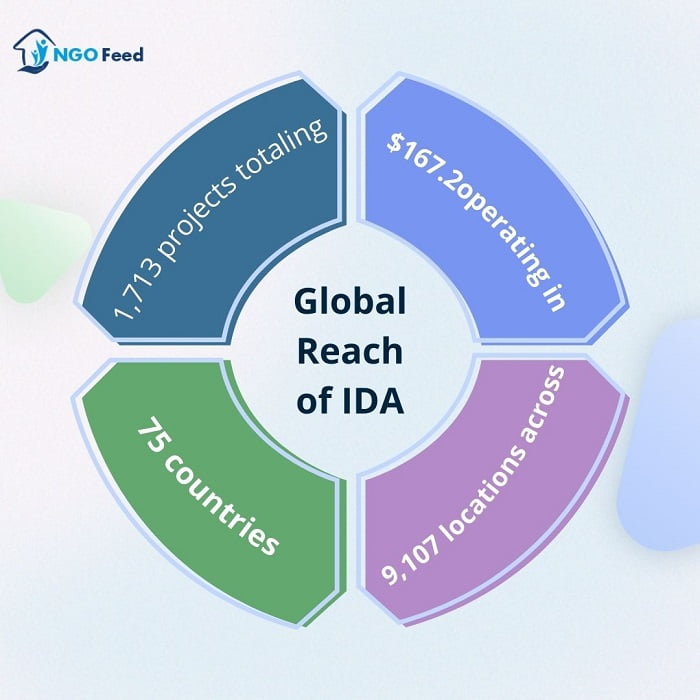
Frequently Asked Questions (FAQs)
What is the IDA Full Form?
The IDA Full Form is International Development Association.
When IDA is established?
The International Development Association (IDA) was established in 1960 to help the world’s poorest countries get loans at lower interest rates.
What is the purpose of IDA?
The purpose of IDA is to provide developmental assistance and reduce Poverty.

